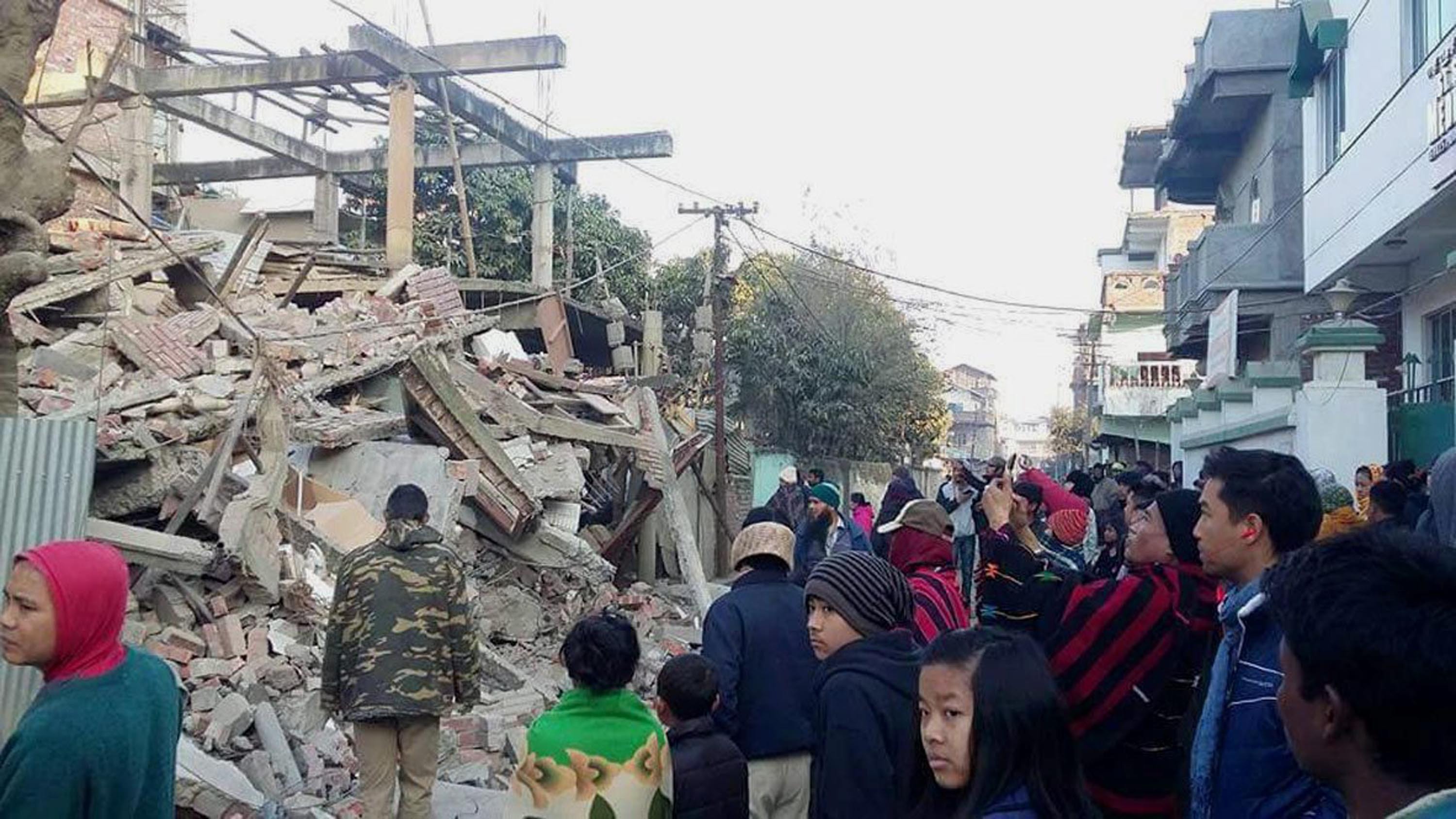
Scientists get proof of 17th century quake that flattened large Assam region
In a dramatic discovery, scientists have found the first geological evidence of a huge earthquake in the North Eastern region that had wreaked massive devastation in 1697. The evidence has been found at Himebasti Village, on the border of Assam and Arunachal Pradesh, the Ministry of Science & Technology said on Monday (February 8).

In a dramatic discovery, scientists have found the first geological evidence of a huge earthquake in the North Eastern region that had wreaked massive devastation in 1697. The evidence has been found at Himebasti Village, on the border of Assam and Arunachal Pradesh, the Ministry of Science & Technology said on Monday (February 8).
Known as the ‘Sadiya earthquake’ in historical references, the quake is said to have flattened most of Sadiya town in Assam and the region around it, including Himebasti.
This finding could contribute to a seismic hazard map of eastern Himalaya and facilitate construction and planning in the region, the Ministry said in a statement. Historical archives refer to recurring earthquakes along the Eastern Himalaya, for which geological evidence is sadly lacking. Question on whether these events ruptured the surface or remained blind remain unanswered. Scientifically recorded evidence on how these habitual quakes contribute to the seismic budget of the region, which is home to millions of inhabitants, would help in planning the development of the region.
Also read: Keeladi excavations: DNA study of human bones remains stalled
Scientists from Wadia Institute of Himalayan Geology (WIHG), a research institute under the Department of Science and Technology (DST), carried out a huge trench excavation at Himebasti village at Arunachal Pradesh-Assam border. Himebasti is said to be the epicentre of the Sadiya earthquake and scientists followed up the excavation with analysis using modern geological techniques. The focus was to find imprints of the 1697 event and record it scientifically.
Scientists found the first geological surface rupture signatures in the form of exposed deposits associated with rivers and streams, deformed by a thrust fault along a Northeast dipping fault zone. In order to constrain the causative faulting event at this site, the Wadia Institute team dated twenty-one radiocarbon samples from the trench exposure.
They also found large tree trunks embedded in the youngest flood deposits at the exit of the Subansiri River (Sadiya town is located roughly 145 km southeast of Subansiri river), suggesting the post-seismic aggradation of the river, following an array of aftershocks till six months in an abortive fashion. This work has been recently published in the journal nature.com, under the ‘Scientific Reports’ category. Sadiya town is located roughly 145 km southeast of the Subansiri river.
Also read: Himalayan glaciers melting twice as fast, says study
The study of the earthquake at Sadiya standing on a grassy plain, surrounded by forested Eastern Himalayas on the right bank of Lohit River, adds an important site to the seismic hazard assessment of the eastern Himalayas. The region’s inhabitants will benefit from the findings that are expected to help in better infrastructure planning across the Eastern Himalayan foothills, which is one of the most densely populated regions in the world. The states in the North-East region, along with nearby regions like Sikkim, Himachal Pradesh and Uttrakhand are prone to earthquakes.


